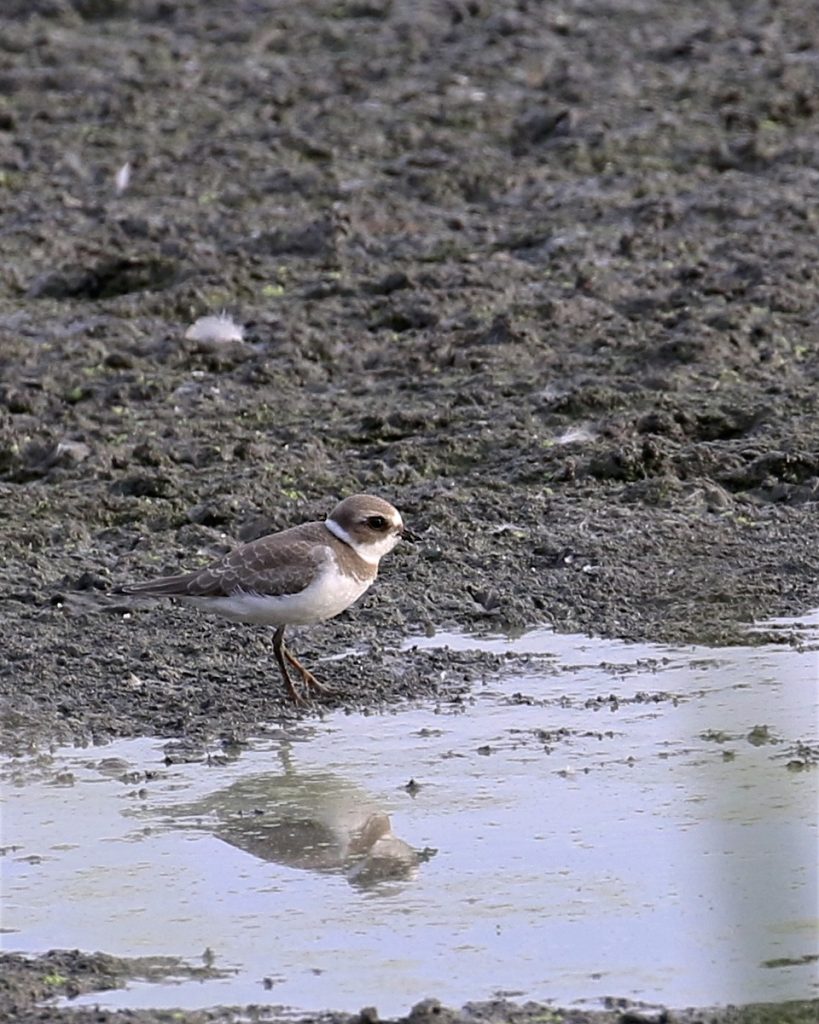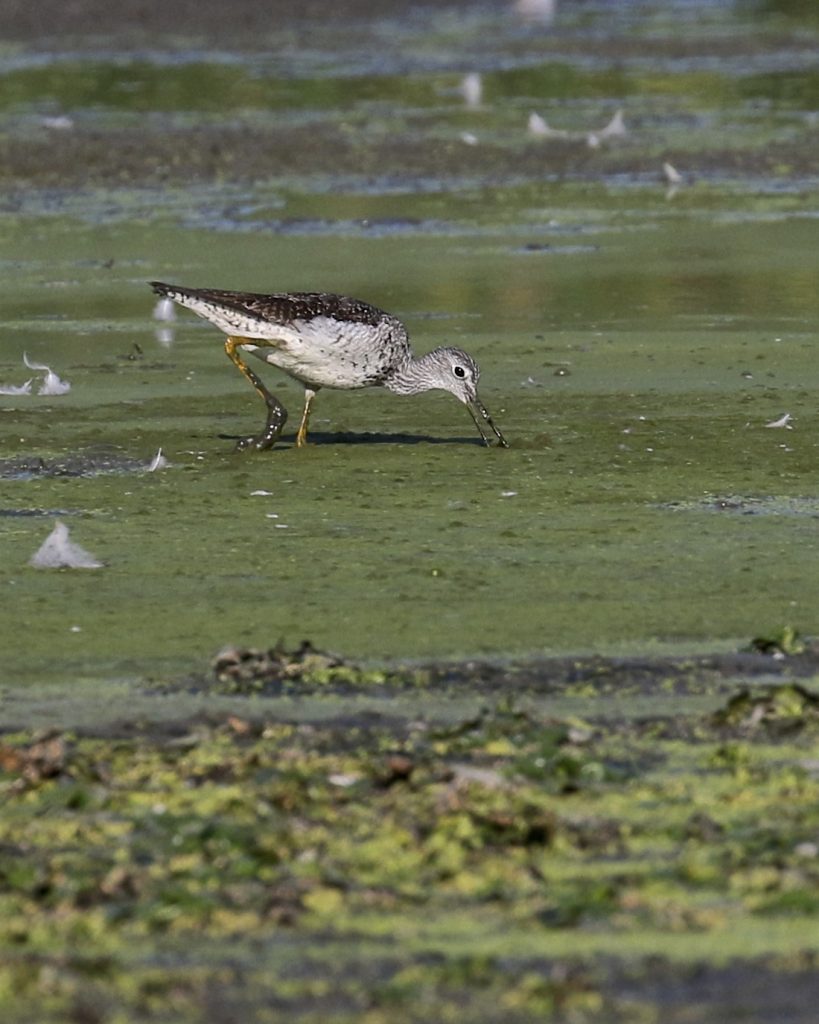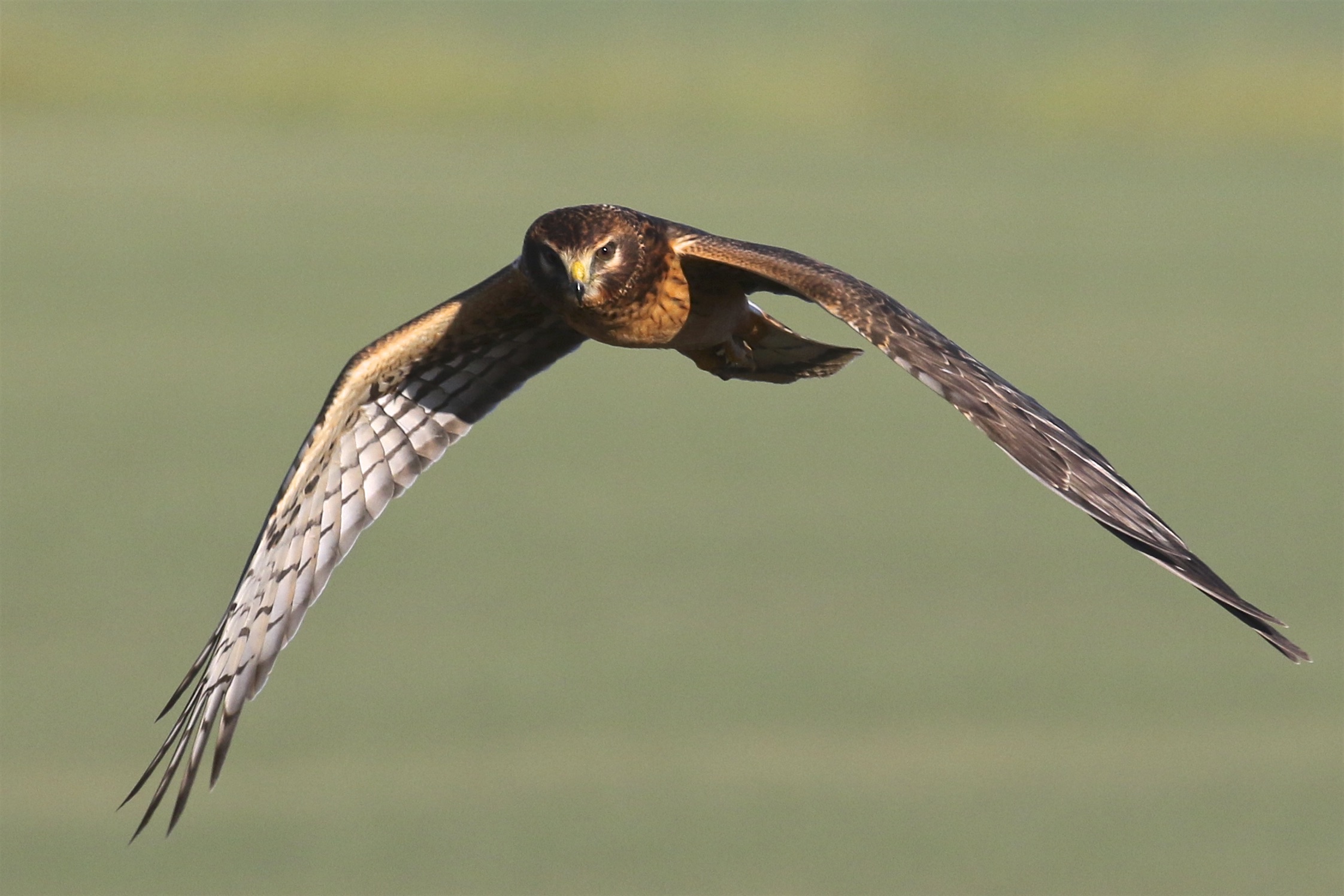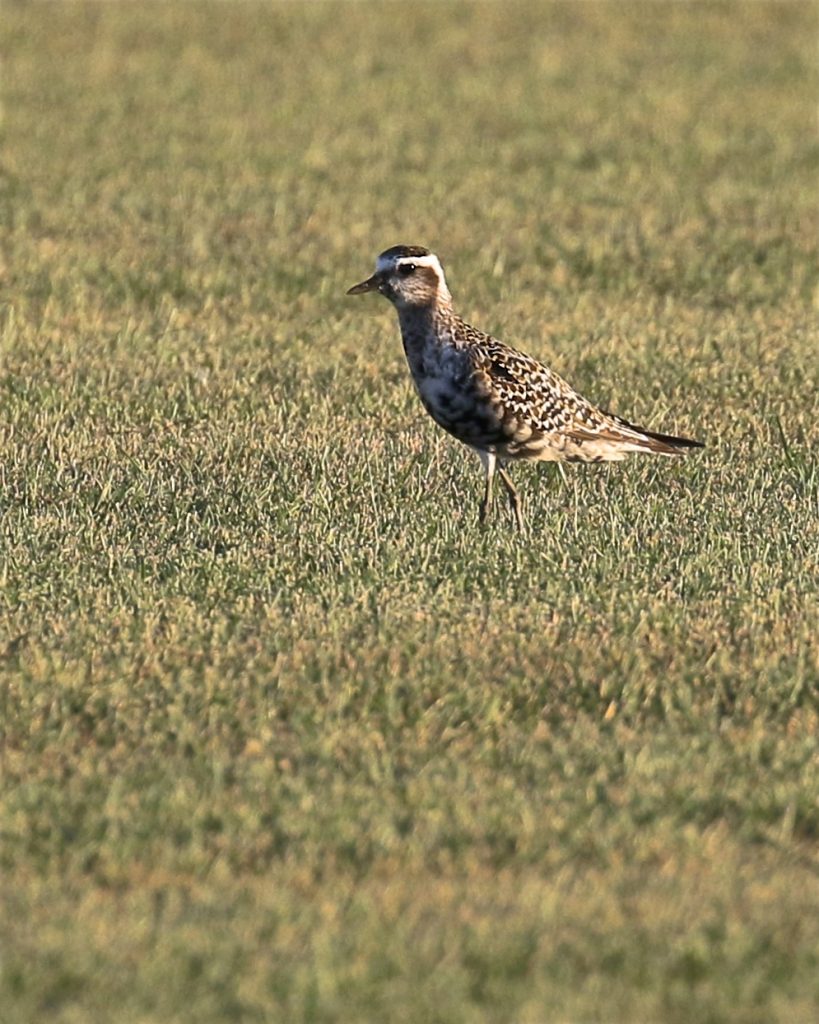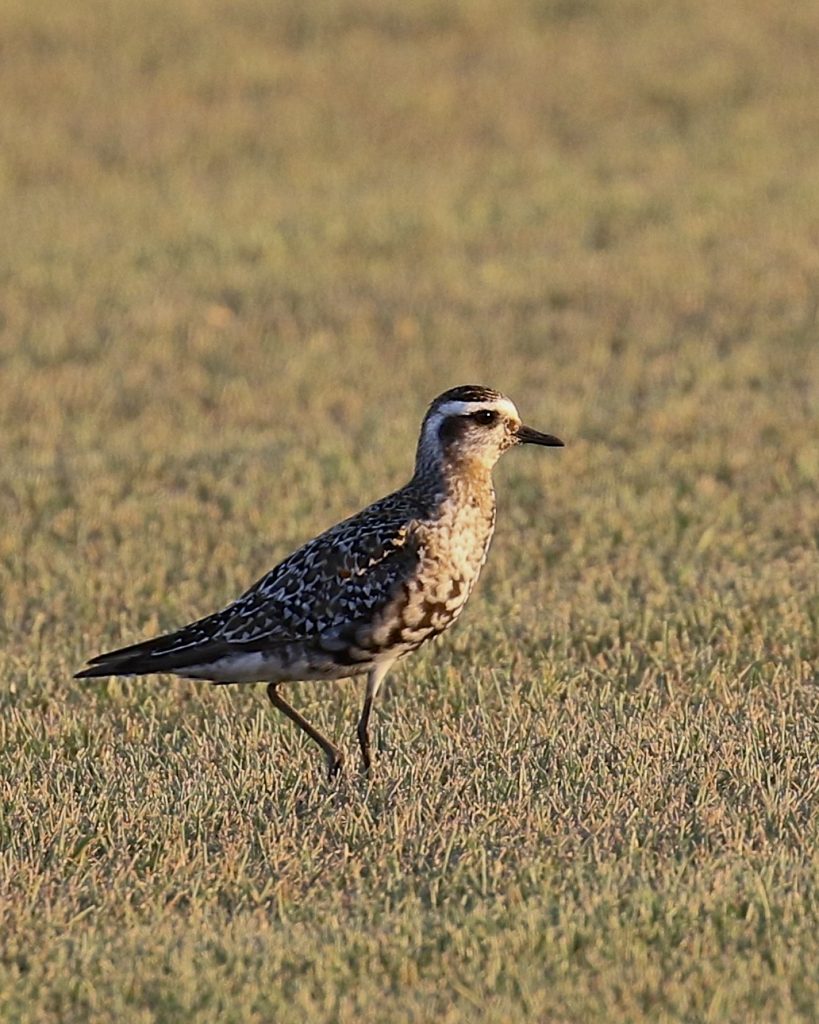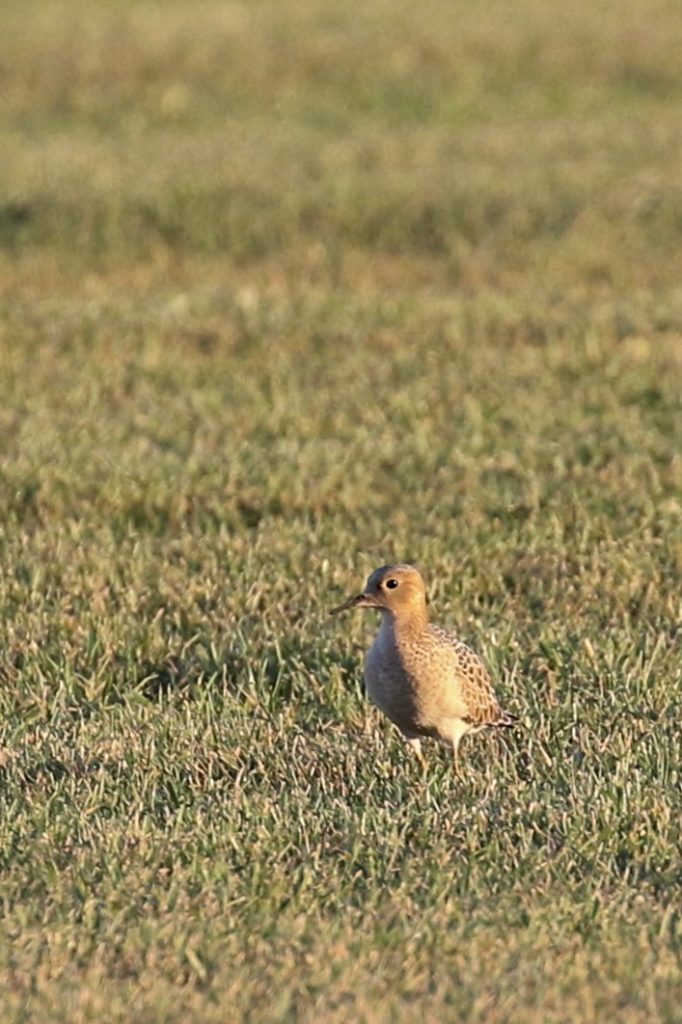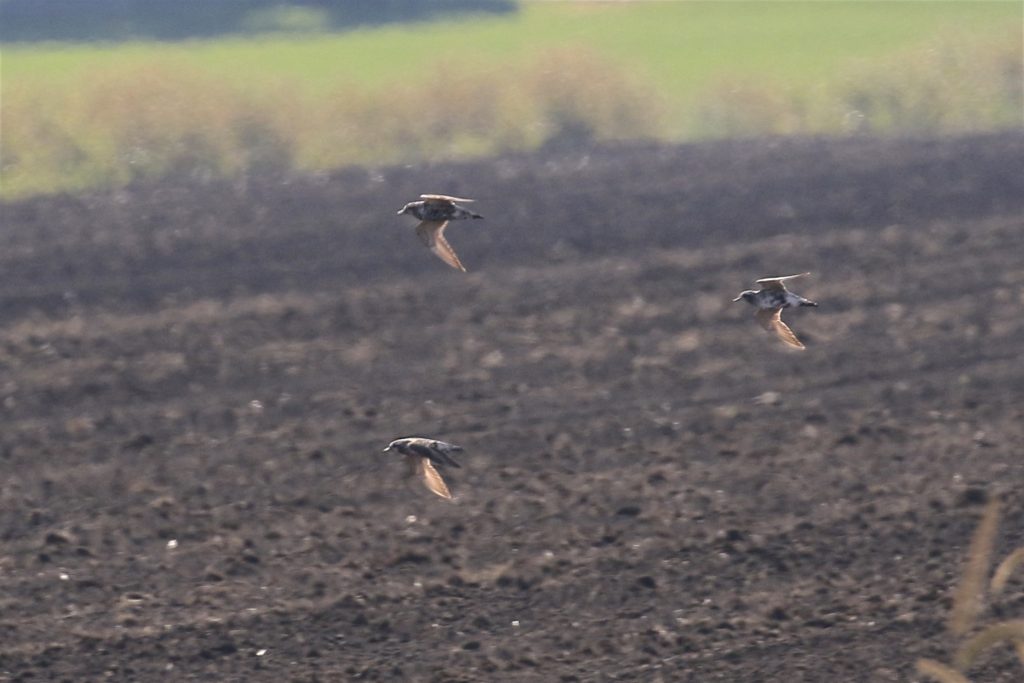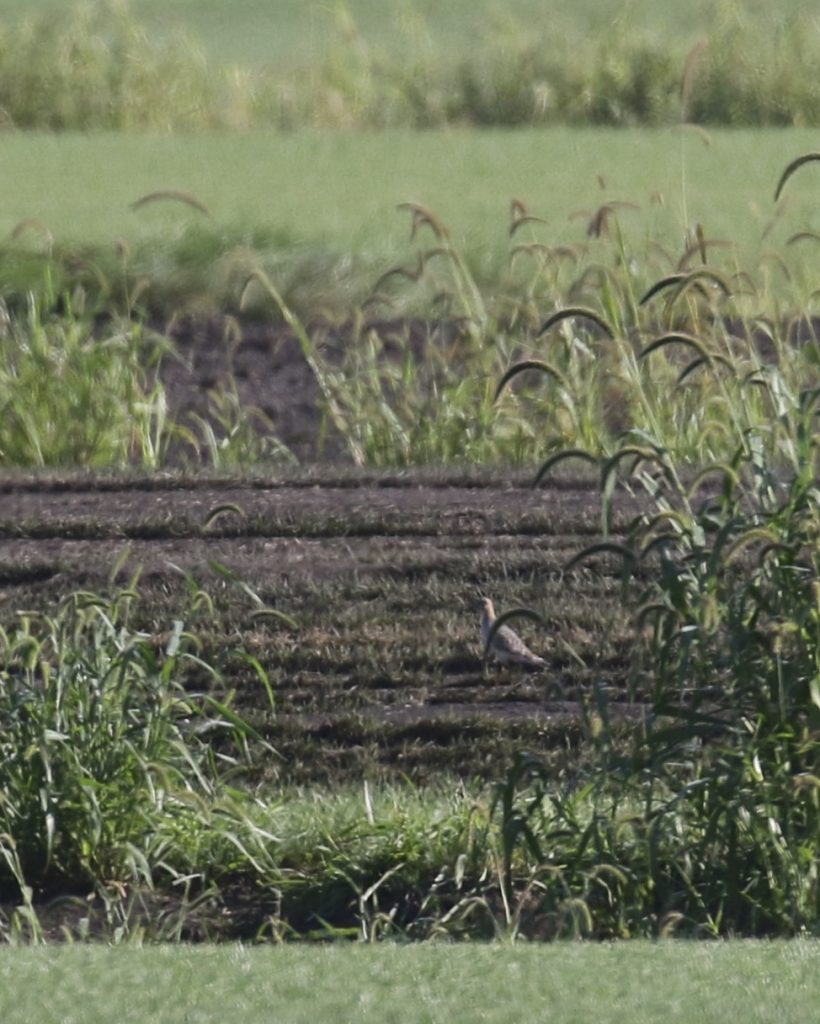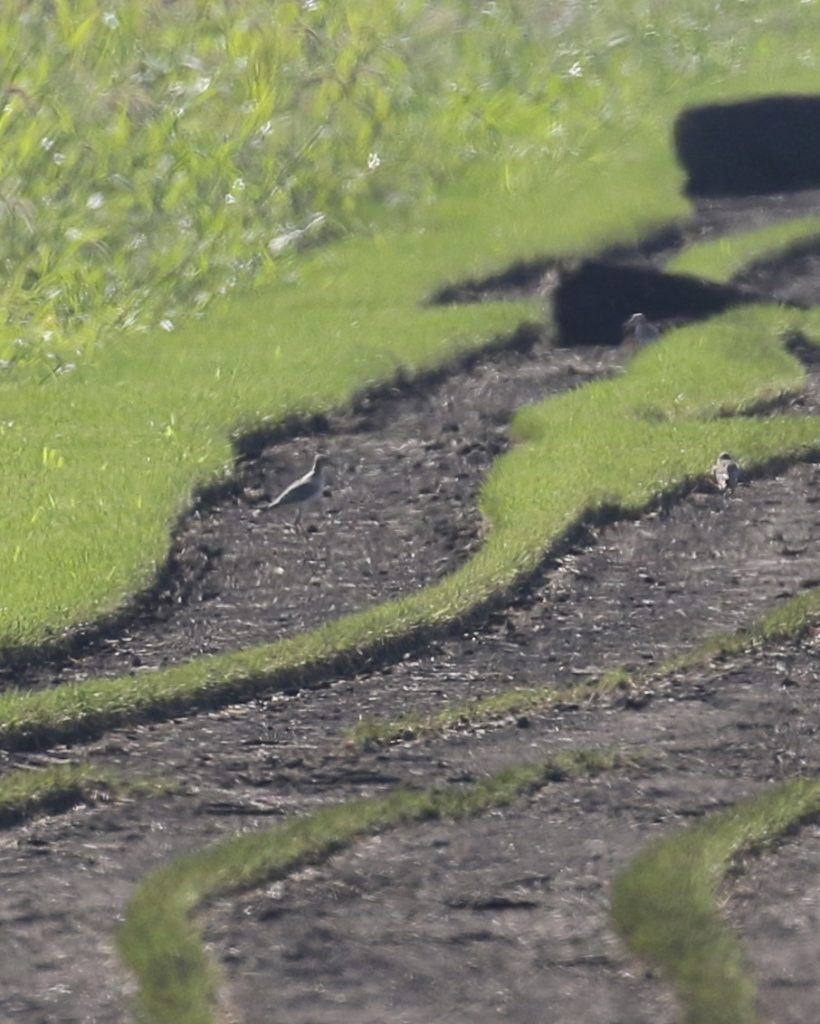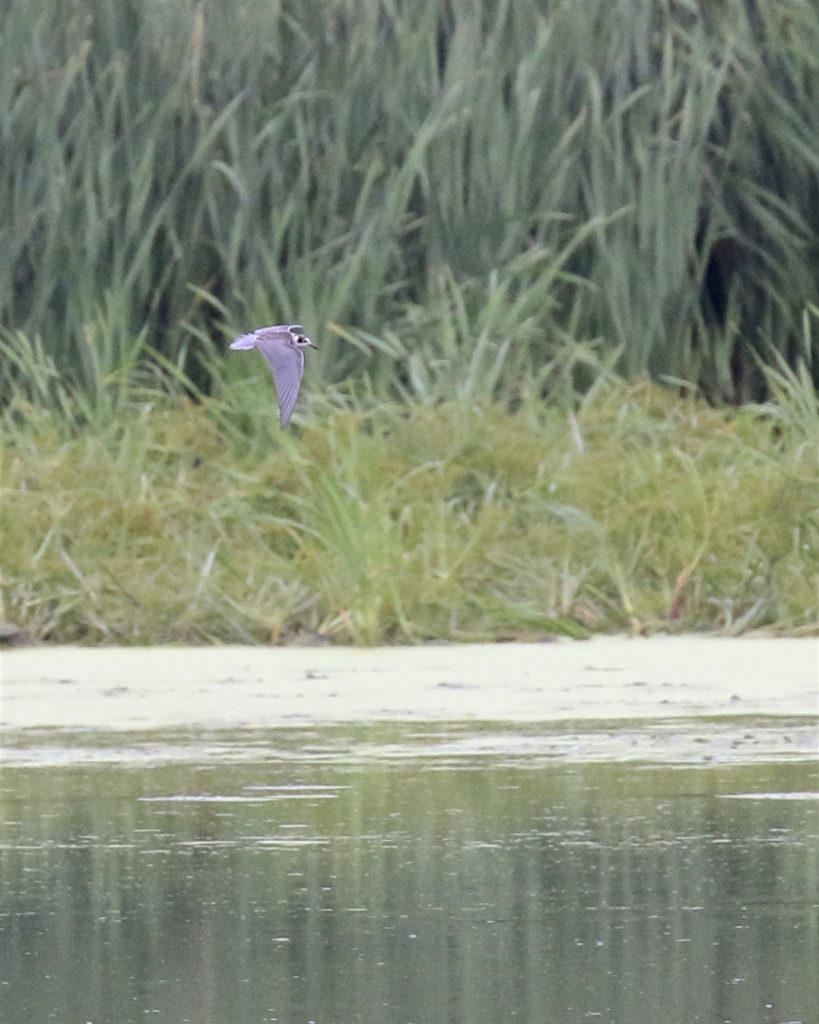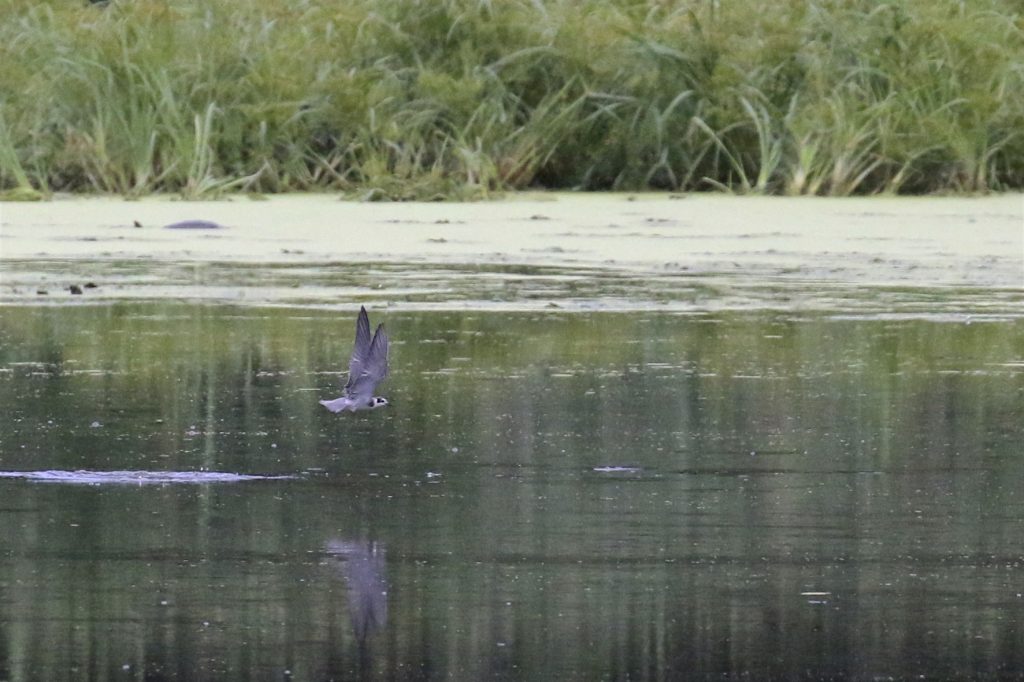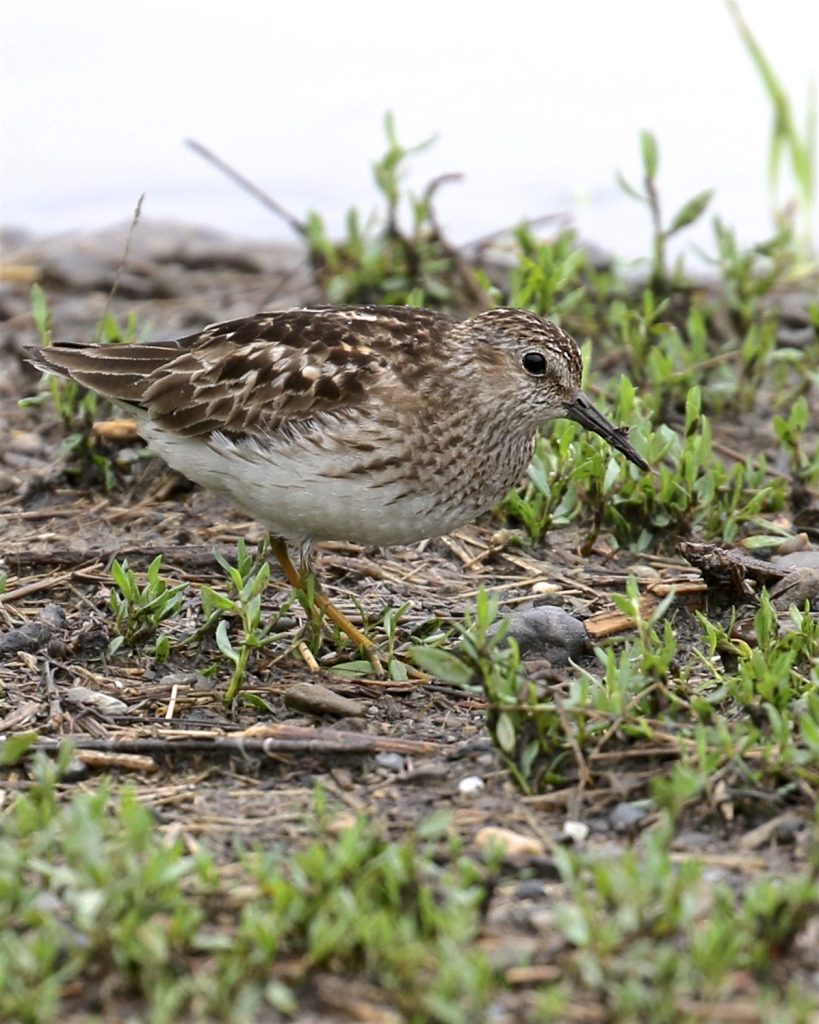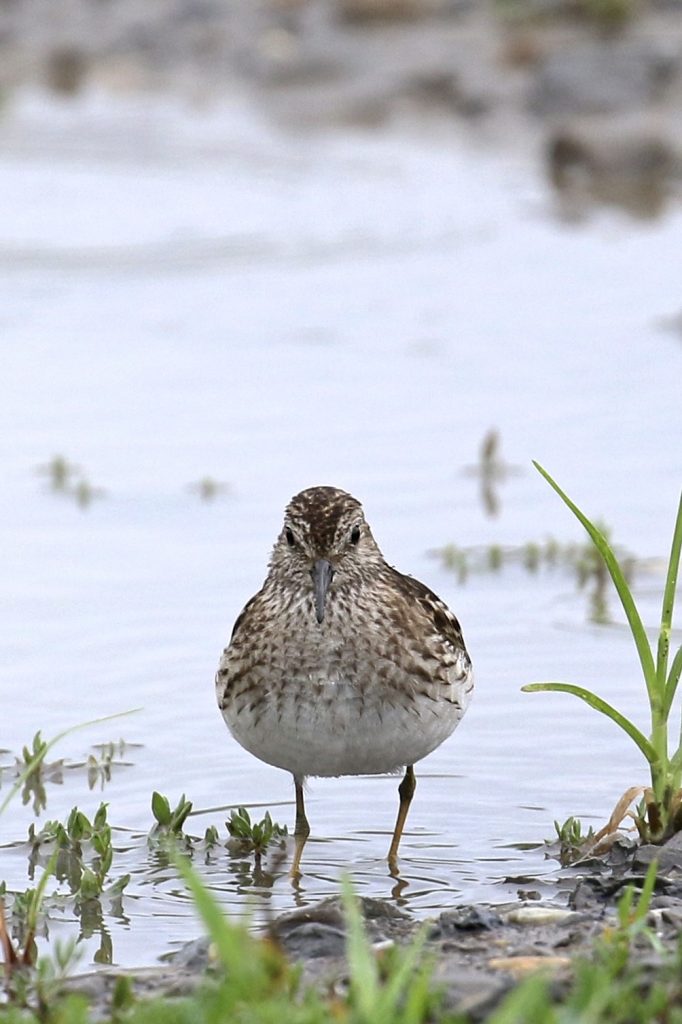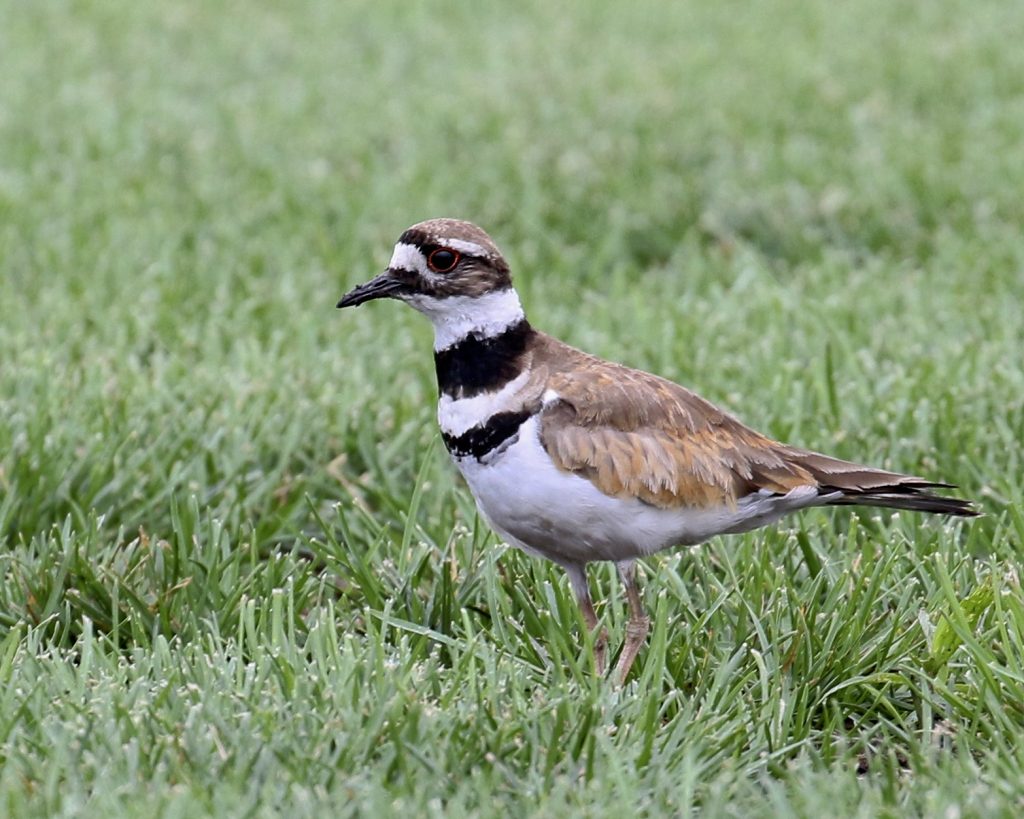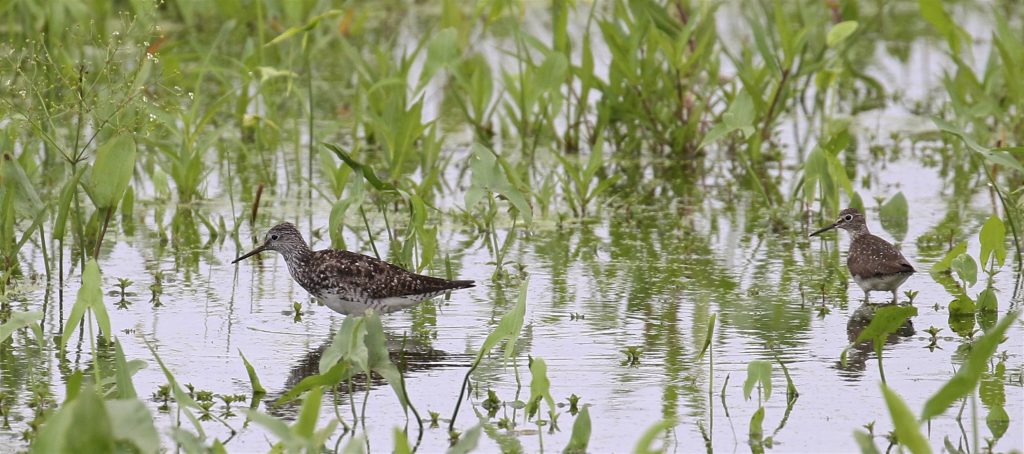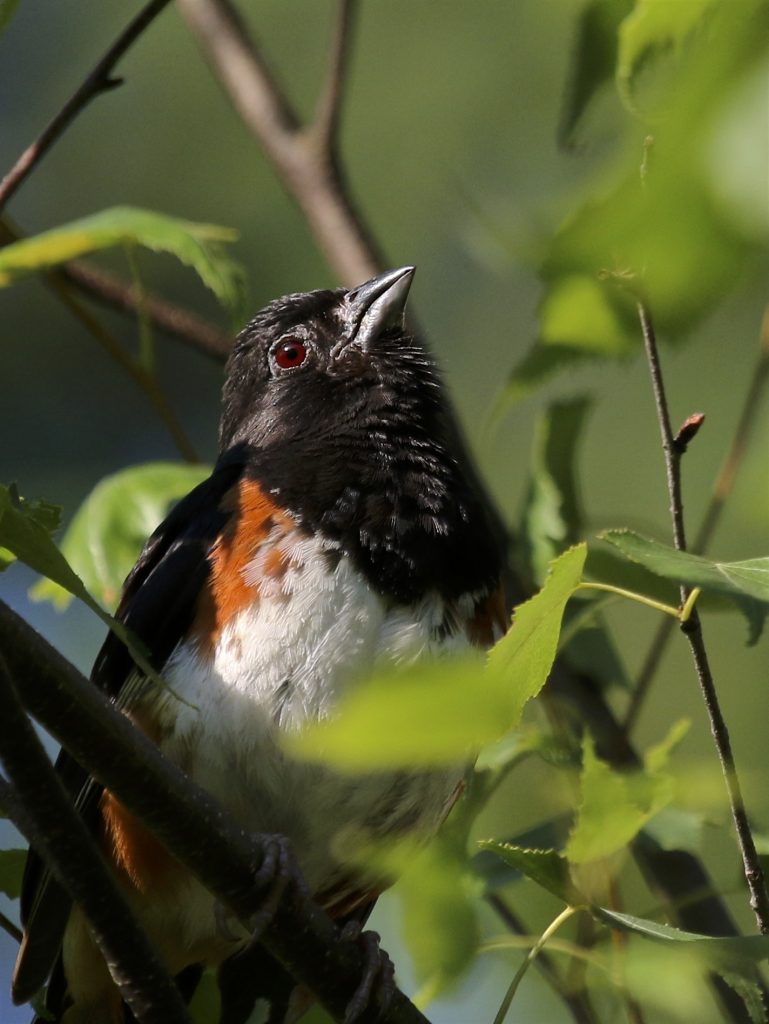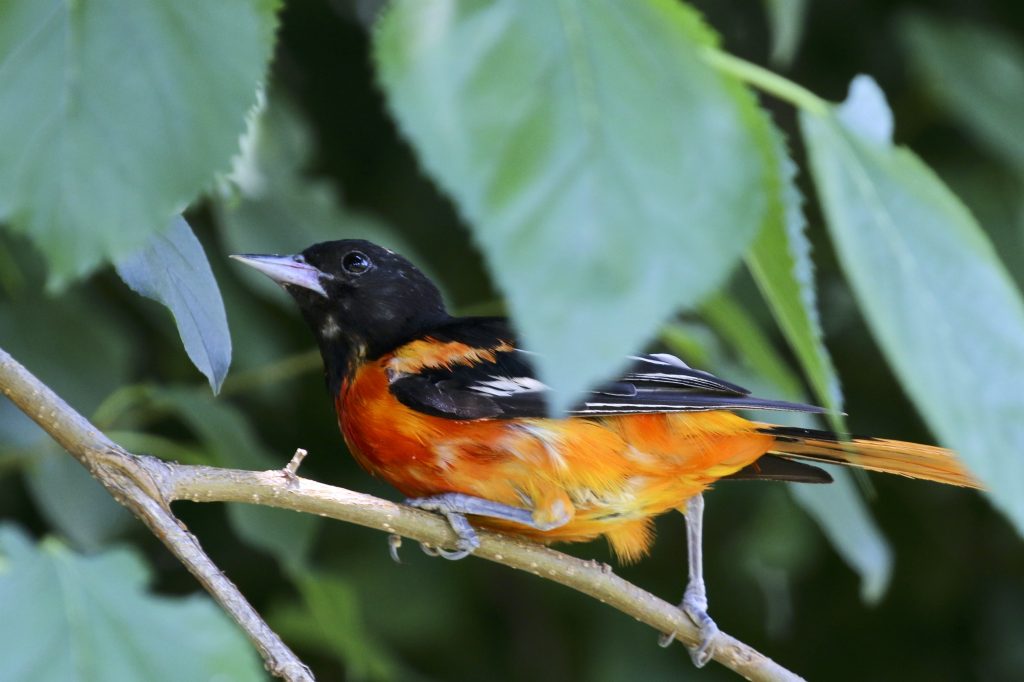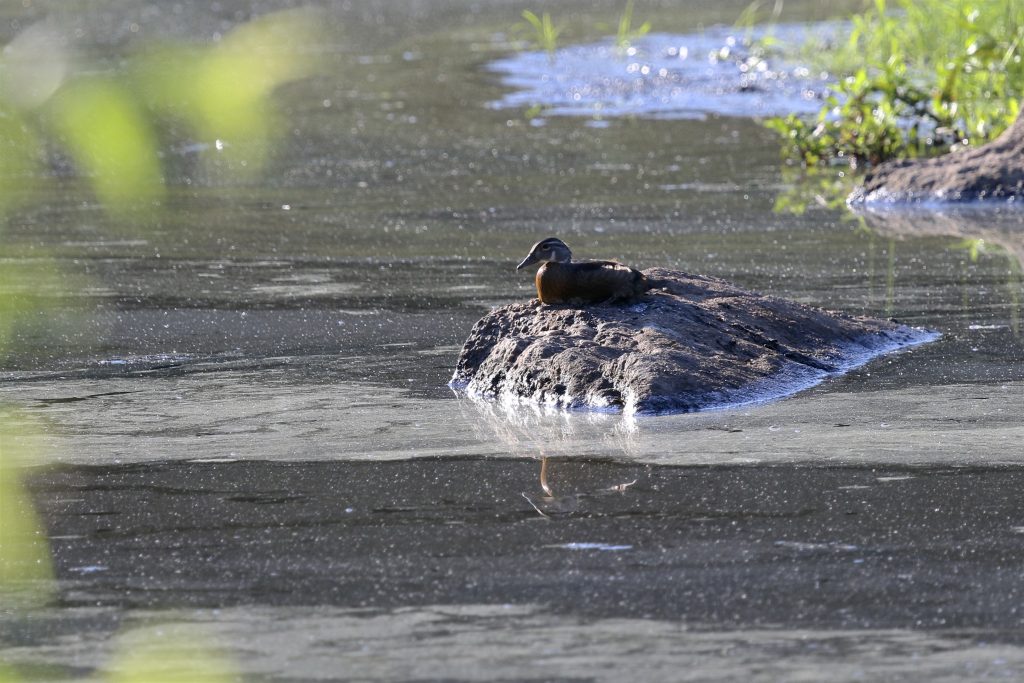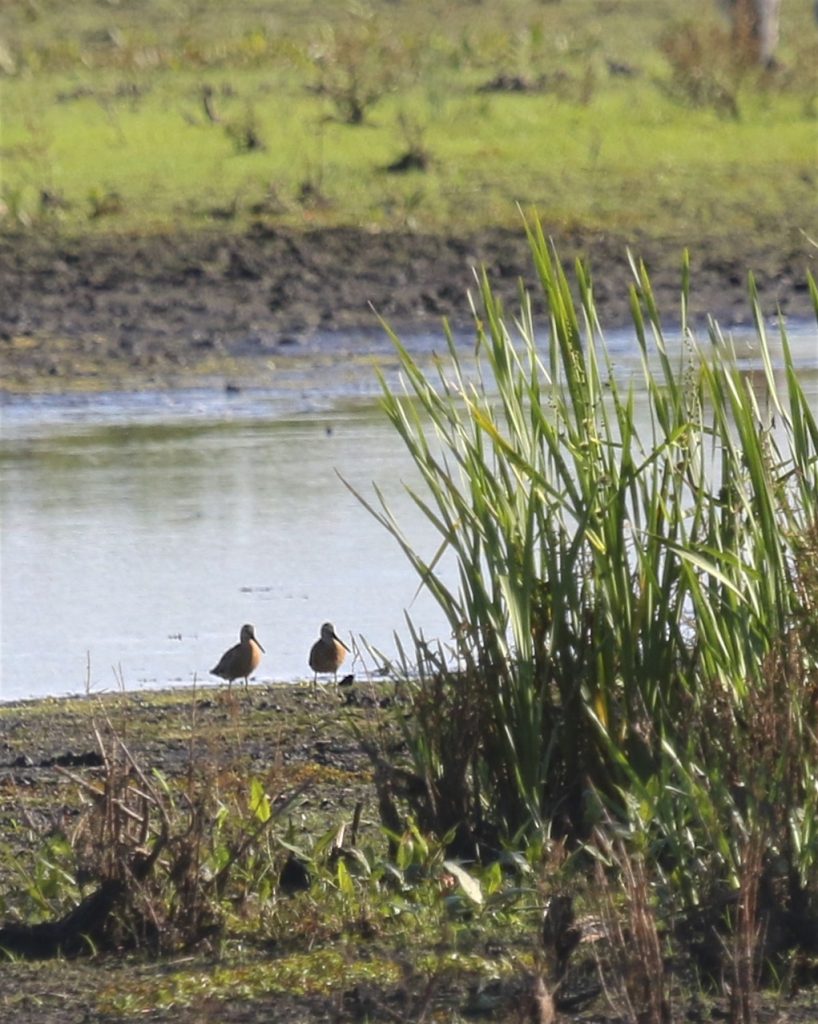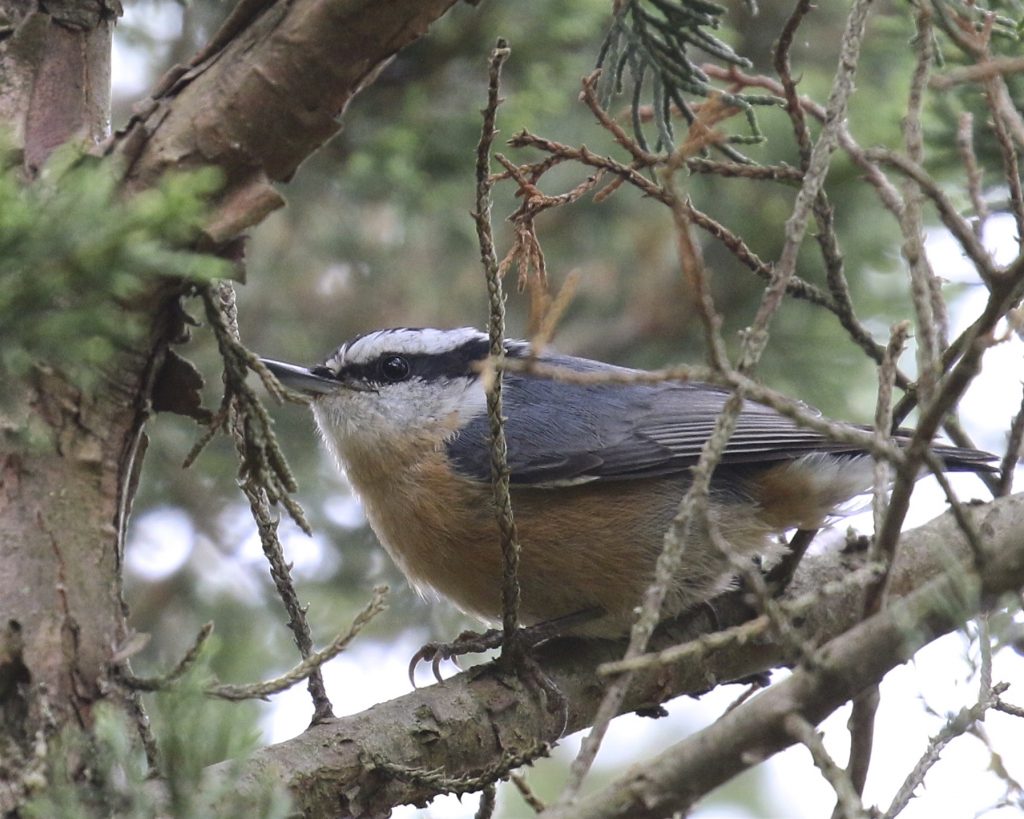
The hawkwatch season at Mount Peter finally began this past Thursday. I made my first visit on Friday, joining the official counter for the day, Denise Farrell in the early afternoon. Raptor migration was on the slow side for most of the day, but she had been entertained by the several RED-BREASTED NUTHATCHES that were in the area. I was excited to hear about these birds because I did not have them in Orange County for the year. It took a little while, but one finally made an brief appearance, I didn’t get any photos, but still, I was happy. Meanwhile, the hawks were starting to move through. In the 2 1/2 hours I was there, we had 22 raptors migrate through, giving Denise a total of 27 for the day. The highlight for me was a ‘mini-kettle’ of five Broad-winged Hawks observed over the valley.
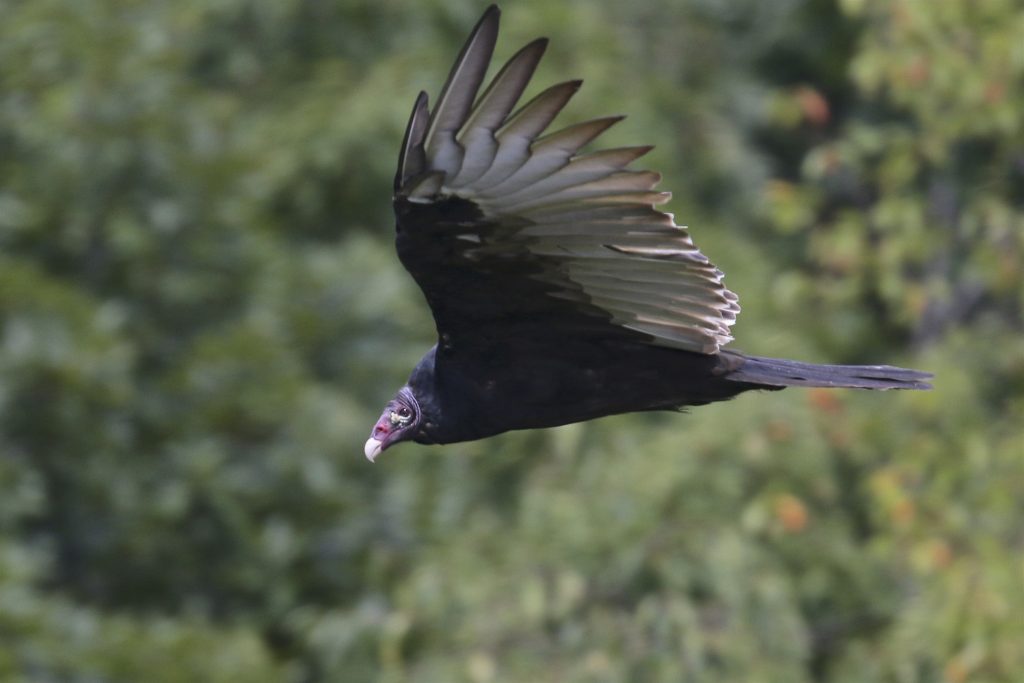
Today was my first day of the season as official counter. Right off the bat I knew it could be a good day when I had two very close Red-breasted Nuthatches on the trail from the parking lot to the viewing platform. And I was able to get some photos!
Being so early in the year, I figured I would not have any company. I could not have been more wrong. I had plenty of help, especially early in the day, with visits from Rob Stone, Beverly Robertson, Will Test, Diane Held, Maria Loukeris, Sharon Ayling, Tom Mitchell, and PJ Singh. It was a pretty good day especially for being so early in the season; I had a total of 31 migrating raptors in 7 hours. The highlight for me was watching a local adult Bald Eagle escort an immature migrant Bald Eagle through the area. Once the young bird had gone far enough, the adult turned back and headed north. Here is my report for the day:
 Official Counter: Matt Zeitler
Official Counter: Matt Zeitler
Observers: Beverly Robertson, Rob Stone, Will Test
Visitors:
Sharon Ayling, Tom Mitchell, Maria Loukeris, Diane Held, and PJ Singh.
Weather:
Warm, sunny with clouds. Gentle winds mostly out of the North/Northeast. Temperatures ranged from 18 to 22 degrees Celsius.
Raptor Observations:
Migrating Raptors: One unknown American Kestrel migrated in the first hour. In the 6th hour an adult Bald Eagle escorted an immature Bald Eagle through the territory. The immature migrated and the adult went back north. Non-migrating Raptors: Two local Red-tailed Hawks and many local Turkey Vultures and Black Vultures.
Non-raptor Observations:
Other bird species observed: Blue Jay (15), Red-breasted Nuthatch (3), Cedar Waxwing (24), Common Raven (1), American Robin (18), American Crow (3), American Goldfinch (15), Gray Catbird (2), Red-bellied Woodpecker (2), Scarlet Tanager (1), Black-capped Chickadee (4), Northern Flicker (2), Rock Pigeon (1), Ruby-throated Hummingbird (3), Pileated Woodpecker (1), Chimney Swift (3).
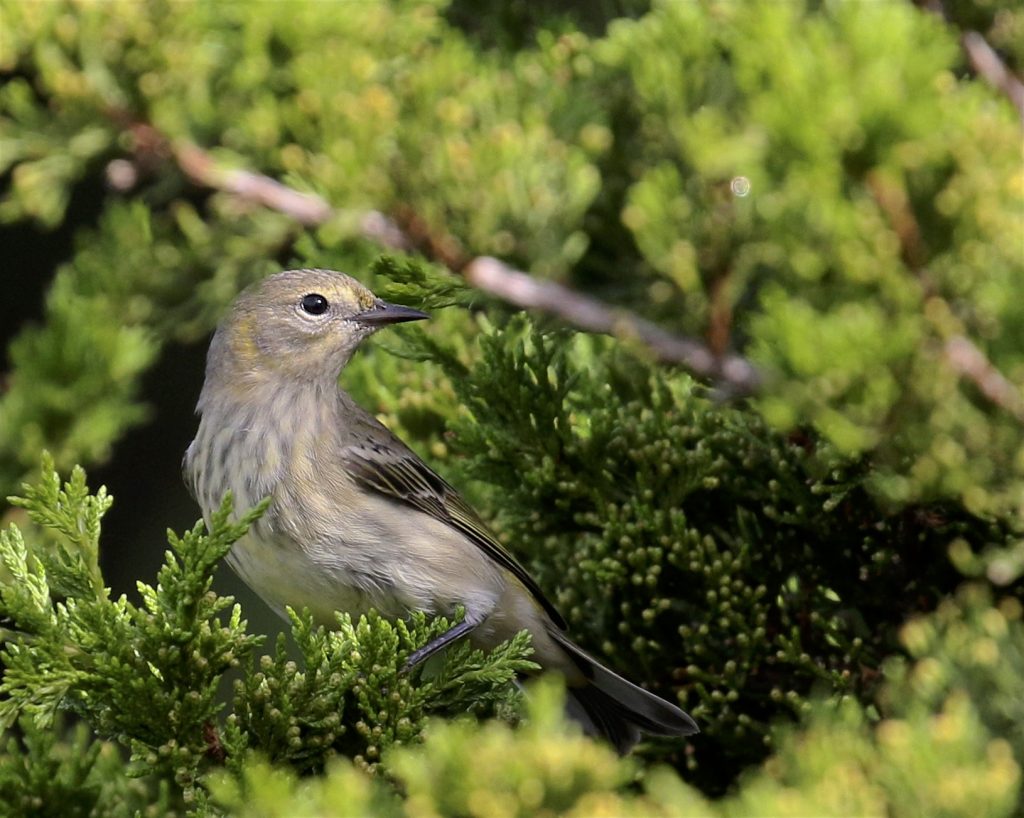

SHOREBIRD UPDATE: I’ve also checked 6 1/2 Station Road Sanctuary for new shorebirds the past couple of days. The only new birds that I have observed were a couple of SEMI-PALMATED PLOVERS. I have not been in the black dirt but have received reports that Buff-breasted Sandpipers and American Golden-Plovers are still being seen.
